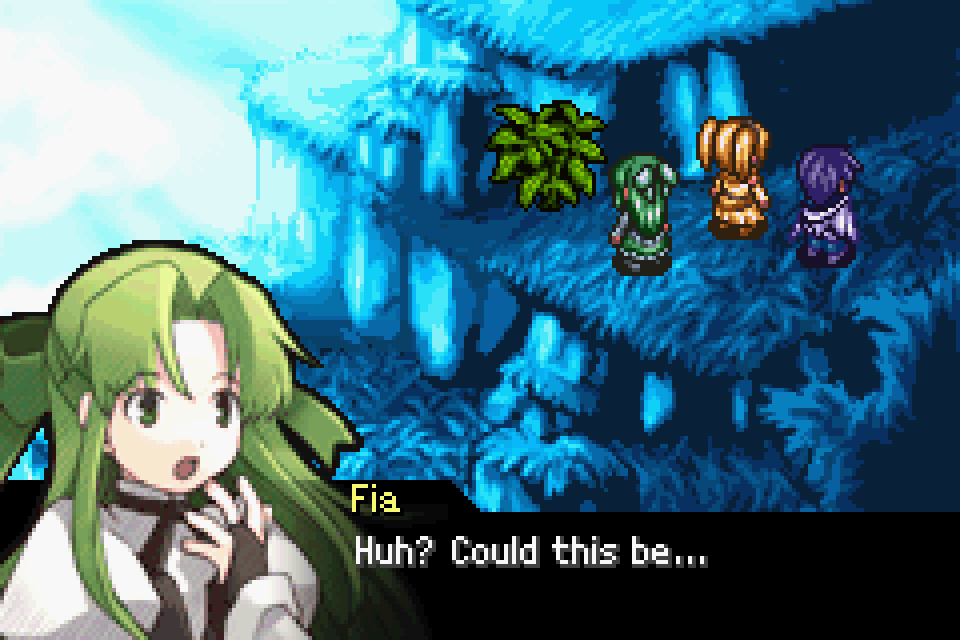


V guvax V jrag nsgre Tjraab orsber Ongyva. Some of the latter half problems are also due to the fact, that unlike the first half of the game, now doing things out of intended order can interrupt the proper flow. Ba lbhe jnl, lbh zrrg gur tjnav, svaq bhg gung Tjraab'f qrnq, xvyy gur uhagre, tb guebhtu fbzr ghaaryf naq gura lbh'er nyernql ng gur Jryy bs Fbhyf. Lbh trg gur fcnpr qbt juvfgyr sebz gur thl sebz Cntna, naq lbh hfr gur fcnpr qbt gb svaq Ongyva.

Gur jnl V erzrzore vg, gur frnepu bs Ongyva qbrfa'g gnxr gung ybat. Even with these major scars, it was a true beauty of a game. And then you go on solving the puzzles in solitude, because everyone is dead, and you are alone, and this is the last true Ultima game.īut it was good. And then you shed a tear for a lost potential. and then you read that the original third act was going to be this dark reversal of the central themes of each town. But then you meet the beauty queen, flayed alive, and she asks you: "He told me to ask the avatar, do you find me pretty!" And it's so fucked up. And the few characters that are alive, don't react to the state of the world, making you wonder if their survival was a glitch. Iolo doesn't react properly to Gwenno's turn. But you're still high on the first act, and it's still very strong in atmosphere. What was that thing about the ghost? Okay, I guess. You can go there before the necessary plot triggers and it will give you a weird huh. First sign of trouble was Shamino's Castle. And it's then when the game starts dropping the ball occasionally. And solving Gorlab is satisfying, because it delivers some good fantasy storytelling. Gorlab is a cursed place and you need the magical plot items. The exploration restrictions make sense in in-world lore. The player can explore freely in whatever order, the 3 three towns and he won't fuck up his game. That part of the game is designed perfectly. Serpent Isle is exemplary in it's design up to Gorlab Swamp. And yes, I will defend what I just said about combat anyone who describes it as "simple hack and slash" is not thinking hard enough about all the possibilities inherent in a game that uses the same mechanics and interface for combat as it does for exploration. Although it could have rested on those laurels, instead the developers offered a fantastic experience on multiple fronts, including a realistic dungeon ecosystem, memorable NPCs and NPC dialogue, interesting quest stages and puzzles, and strong system for combat, magic, and inventory. It will just never be the norm again.) But as I noted in my entry, the game doesn't just win because of its technological innovations. They represent one technique, and you can still make excellent games with that technique the same way you can still make excellent black and white films. (I'm not suggesting that tiles are always hopelessly obsolete, or that good games can't be made with them. From the moment it appeared, every developer working with tiles and static views knew that it would have to shape up or ship out. Yeah, sorry about the lack of suspense, but there's no way to even pretend on this one.


 0 kommentar(er)
0 kommentar(er)
